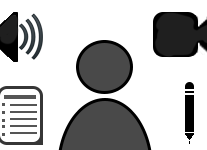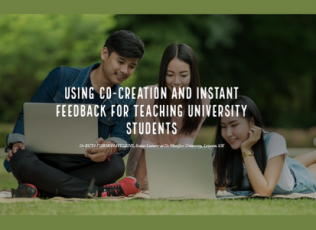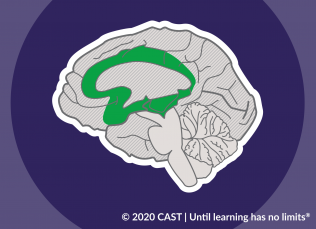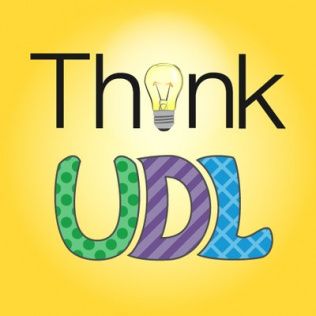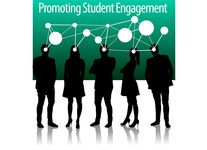
Promoting Student Engagement
At Appalachian State University (ASU), Mr. Jeff Goodman uses a model known as the 5E Instructional Model to introduce scientific concepts to his students. This model helps frame instructional practices for teaching course content in the following sequence: engagement, exploration, explanation, elaboration, and evaluation.
This resource was originally developed with resources from the College STAR grant. That grant has ended and the College STAR modules will now permanently reside at the East Carolina University Office for Faculty Excellence.
Module Introduction
At Appalachian State University (ASU), Mr. Jeff Goodman uses a model known as the 5E Instructional Model to introduce scientific concepts to his students. This model helps frame instructional practices for teaching course content in the following sequence: engagement, exploration, explanation, elaboration, and evaluation.
He describes his rationale in using the method:
In terms of outcomes, I want my students to be people who are more curious than they were at the beginning, who think that the content that I thought is inherently fun and accessible, that they can hold onto and know at some level.
Mr. Goodman has been ASU for 20 years, and is currently teaching in the College of Education. He took one year to teach high school, and spends one day a week in his wife’s middle school classroom “trying to see if this stuff actually pans out – and it’s hard!”
Support for this Module
Original development of this module was made possible by the College STAR (Supporting Transition Access and Retention) initiative. College STAR was a grant-funded project focused on partnering postsecondary educational professionals and students to learn ways for helping postsecondary campuses become more welcoming of students with learning and attention differences. Much of this work was made possible by generous funding from the Oak Foundation.
Organization/Publishers:
Share this resource:
Posted date:
November 11, 2022

